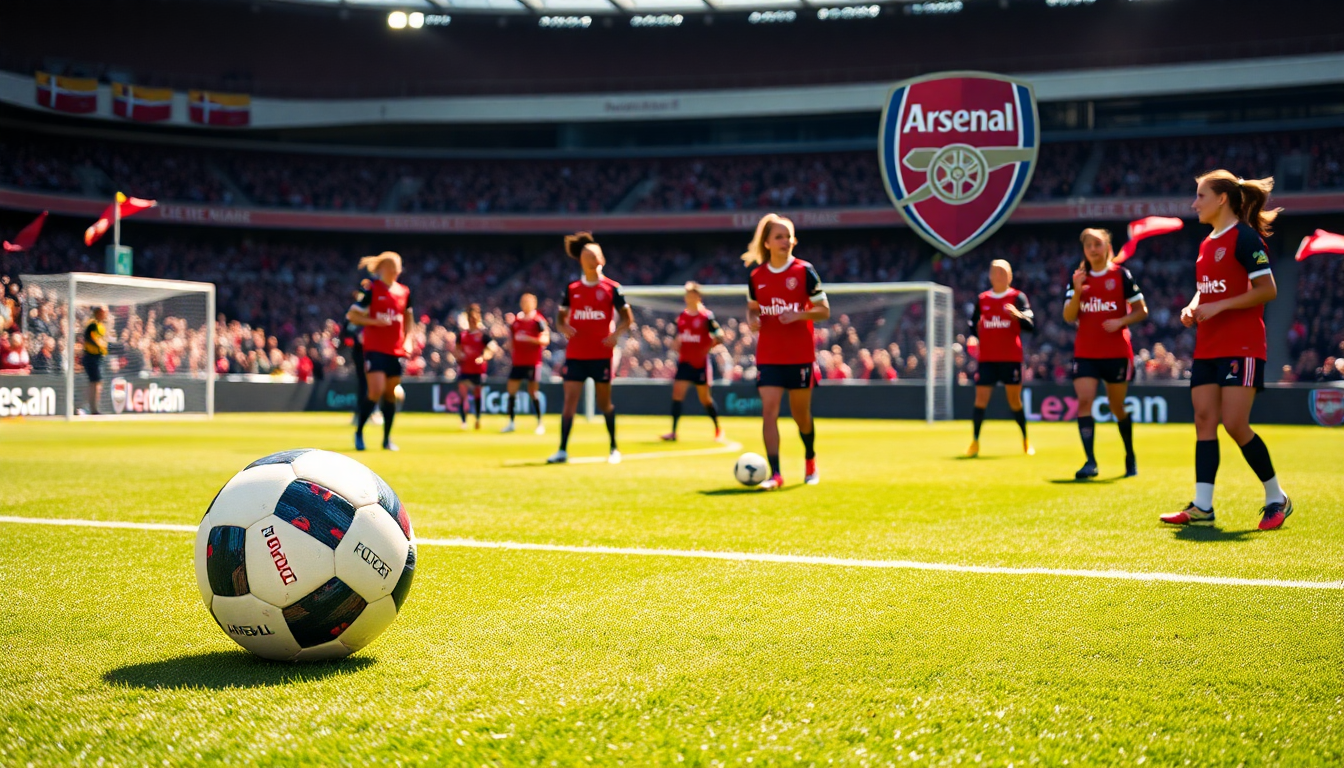Table of Contents
In a groundbreaking move for women’s football, Arsenal has made headlines by signing Olivia Smith from Liverpool for a world-record fee of around $1.34 million. This monumental transaction not only positions Smith as a vital player for Arsenal but also makes her the first female footballer to command a million-pound transfer. It’s a clear indication of the significant growth and investment in women’s sports—exciting, isn’t it?
A Historic Signing
Olivia Smith, a forward from Canada, is making waves with this impressive signing, which surpasses the previous record of $1.1 million set by Chelsea when they acquired Naomi Girma from San Diego Wave earlier this year. At just 20 years old, Smith’s journey in football has been nothing short of remarkable; she made her international debut at just 15, showcasing her immense potential early on. Clare Wheatley, Arsenal’s director of women’s football, has high hopes, calling Smith one of the most talented young players in the game. Can you imagine the excitement around her debut?
This transfer is a clear indicator of the growing financial commitment to women’s football, a trend that’s been accelerating in recent years. Not only does this move reflect the shifting dynamics of the sport, but it also shines a light on the incredible talent and marketability within women’s teams worldwide. Smith’s transfer signals a new era where female players are recognized not just for their on-field skills but also for their ability to attract significant crowds.
The Evolving Landscape of Women’s Football
The landscape of women’s football has experienced a dramatic shift in investment and interest. Record-breaking transfers are becoming more common, with players like Rachael Kundananji moving to Bay FC from Madrid CFF for $788,000 just last year, only to see Girma’s transfer to Chelsea steal the spotlight. This trend showcases a broader acknowledgment of women’s football as a competitive and commercially viable sector within the sporting world. Isn’t it thrilling to see the game evolve?
Moreover, the rise in financial backing for the English top flight reflects similar trends in leagues like the National Women’s Soccer League (NWSL) in the United States. The recent transfer of Nigeria’s Asisat Oshoala, who signed with Bay FC after a successful spell at Barcelona, highlights the international appeal and marketability of women’s football. The increasing transfer fees indicate a shift in how female athletes are valued both on and off the pitch. How far can this momentum take the sport?
Looking Ahead: Implications for the Future
Smith’s high-profile transfer to Arsenal isn’t just a win for her and the club; it also has broader implications for the future of women’s football. With clubs investing heavily in top-tier talent, we can expect the overall standard of play to rise, attracting larger audiences and more sponsors. This influx of investment could lead to a more competitive environment, nurturing emerging talent while giving established players the chance to shine on bigger stages.
As the landscape continues to change, it’s crucial for everyone involved in women’s football—clubs, investors, and fans alike—to recognize the potential for growth. By supporting and investing in women’s sports, they can help create a sustainable model that benefits players, clubs, and the sport as a whole. With Olivia Smith’s transfer marking a significant milestone, the future of women’s football looks incredibly bright, brimming with opportunities for further achievements and breakthroughs. Are you ready to support this thrilling journey?


